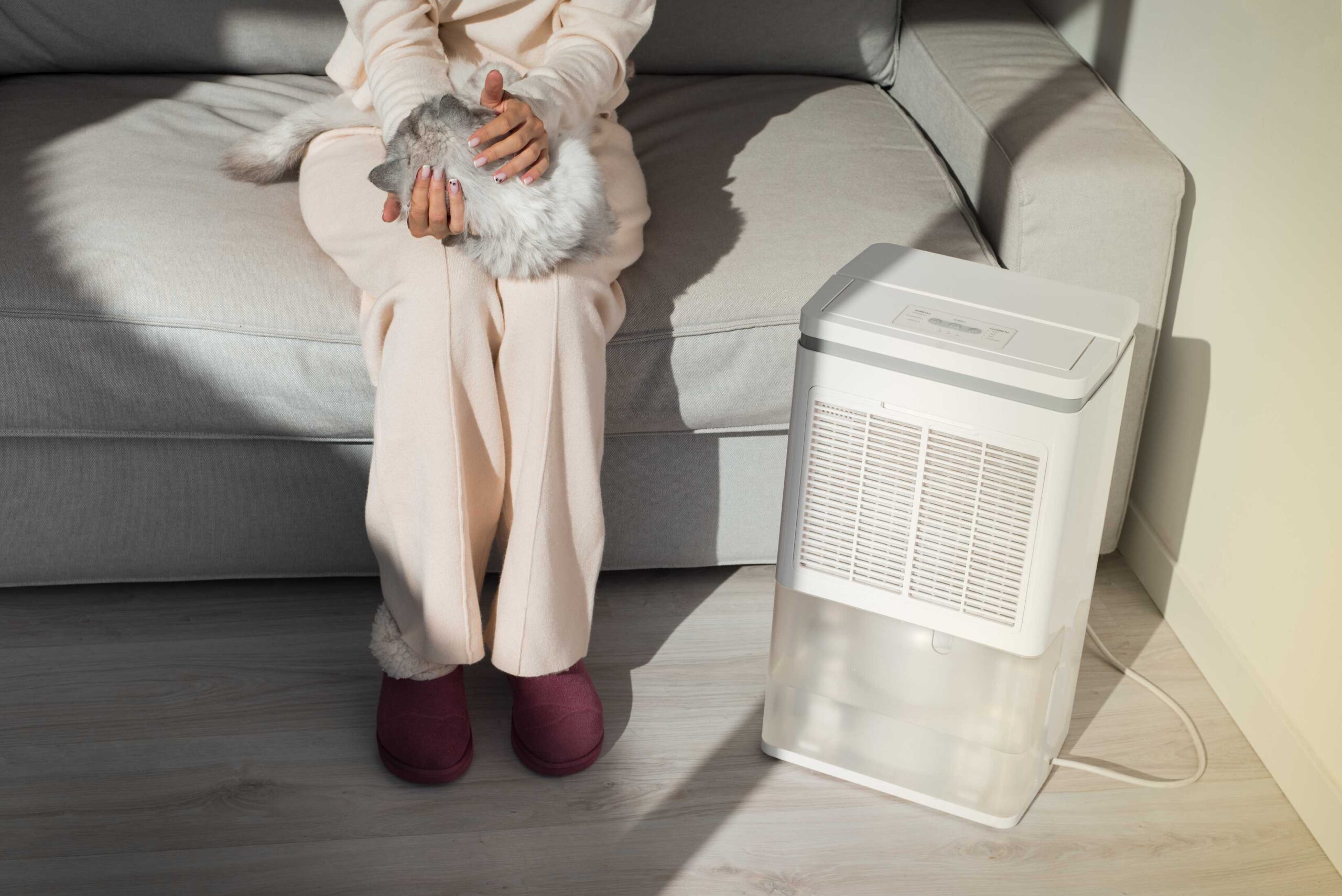In today’s world, where environmental control within indoor spaces is more crucial than ever, Opticlimate emerges as a leading solution in precision climate management. This state-of-the-art system is designed to create the optimal indoor environment, regardless of external weather conditions, offering unparalleled control over temperature, humidity, and air quality. Whether for commercial agriculture, indoor gardening, or ensuring comfort in living and working spaces, understanding how Opticlimate can revolutionize your approach to climate control is essential.
The science behind Opticlimate’s advanced technology
Opticlimate’s system utilizes cutting-edge technology to provide comprehensive control over your indoor climate. It integrates temperature regulation, humidity control, and CO2 management, ensuring that the environment is precisely calibrated to your specifications. This is achieved through an advanced algorithm that constantly monitors and adjusts internal conditions, ensuring that fluctuations in the external environment have minimal impact on the controlled space. Adopting an Opticlimate system offers numerous advantages, from improved energy efficiency to enhanced environmental conditions. One of the key benefits is the system’s ability to maintain a consistent climate, which is crucial for sensitive operations like indoor agriculture, where plants require stable conditions to thrive. Additionally, the system’s efficient design reduces energy consumption, leading to lower utility costs and a reduced carbon footprint.
Implementing Opticlimate for optimal results
Implementing an Opticlimate system requires careful consideration of your specific needs and the characteristics of your space. The system is highly customizable, offering solutions for small residential rooms to large commercial greenhouses. To achieve optimal results, it’s important to work with professionals who can provide insight into the best configuration for your requirements. Regular maintenance and updates ensure that the system continues to operate at peak efficiency, adapting to changes in external conditions and advancements in technology.


